By Rebecca Reeves
When I was a child, wishing away my grandfather seemed effortless. A couple of, “I hate you” and “wish you wouldn’t show up for piano practice” was all it seemed to take.
He was a Methodist minister, educator, artist, musician, poet and my personal piano teacher. Every Thursday I had piano lessons. When getting off the school bus I would cringe at seeing his 1970s mustard-colored Olds Cutlass parked outside my house. I hated piano lessons. I hated practicing. I hated when he was frustrated with my lack of practice and permanently marked the oak piano in a rage of scribble. I hated him as my teacher.
I can’t even remember how many times I wished he wouldn’t show up for my lesson – I wished him away for good. And one day it happened. He died suddenly just a month before my tenth birthday. When you’re nine years old, you believe you have the power to make wishes come true. Life after the death of my grandfather was forever altered. My fascination with loss and death defined who I am today.
As my years of guilt lessened, my higher education days began. I produced my first body of artwork and I didn’t have to dig very deep for inspiration. My work naturally centered on my grandfather, religion, death and loss. The series consisted of religious vestments, embellished coffin covers and body bags, bibles made from hand-dyed silks and screen-printed symbols, funeral pill box hats and artist books made from his image and his poetry.
It seemed as one body of work ended, another loss in my personal life was on its way. My grandmother, his widow, was slowly deteriorating from Alzheimer’s disease. Again, this new body of work took a natural progression. Even though my grandmother was present, I was already struggling with her loss. I desperately tried to understand what she was experiencing with this disease.
“It seemed as one body of work ended, another loss in my personal life was on its way.”
The series consisted of a crocheted afghan screen-printed with her image. Over time, the afghan unraveled and re-wound into an imageless ball of yarn. One of her old purses cut into two, revealed an empty space of a crumpled tissue, a few coins and a wallet covered in handwritten reminders. A collection of her hankies, preserved in clear Plexiglas boxes with the anniversary date of her husband’s passing engraved on the front, one for each year of mourning until the year the disease took away her last memory of him.
As an only child, you are the one to keep things in order, take control and be responsible for your own actions. There were no siblings to blame or to lean on for support. I found comfort in cleaning and organizing. In that way, I could find a better, more efficient solution to keep order; essentially gaining the control I desire.
This, my system of “ordered living,” became the foundation for my work. I focused on making the viewer consider his/her own fixations, as well as the importance of my own behavioral observations. The controlling aspect of the series was not only reflected in the work, but also in the size. Working in miniature allowed me to have complete control over the space and to safeguard the piece. My obsession to control created dust protectors to cover dust protectors, hair protectors for my long hair to guard against contact with subway dirt, and miniature dioramas exposing dirt crimes that occurred in my personal space.
As my formal education came to an end and my life as an artist began, I embarked on the largest creation of my life. With my admiration for my grandfather’s theological studies, my fascination with all things macabre and the love for historical buildings, I designed our home after two churches in Bucks County. I am the keeper of my family’s heirlooms and my home encapsulates them in a perfect cocoon. Many who visit say that I am essentially living within one of my miniatures.
“I am the keeper of my family’s heirlooms and my home encapsulates them in a perfect cocoon.”
I often joke that I shop at the best antique store in the world, my parent’s house. I would scan the room and my dad would say, “What would you like to take home with you today?” We would laugh and he would tell me the story of how he had come to own the object. My parents are the kind of people that would rather give you the heirloom now and watch you enjoy it rather than after they passed away. I’m grateful for every thing that has been handed down to me. Nearly every piece in my home has its own story to tell.
“I often joke that I shop at the best antique store in the world, my parent’s house.”
My artwork has always been about my family and about loss – either the loss of memory from dementia or loss through death. Creating art is not only an expression of my grief, but also a way to preserve my family’s memory. Nothing would prepare me for the greatest loss in my life.
Two years ago, my dad was diagnosed with lung cancer. Our slogan was, “we started this together and we would end this together.” I wished with all my heart that he would be the one that beat cancer. Radiation, chemotherapy and surgery – our small family found our strengths and stayed strong together. My wish had seemed to come true when his report came back, disease free.
A few months later, he was diagnosed with metastasized brain cancer. My heart was torn from my soul. After months of steroids and CyberKnife radiation treatments that took a toll on his body, I begged for his life. At first, I wished that he would beat this cancer too. Then, as the disease took hold, I wished for his peace. Making a wish as an adult is truly complicated.
My current work draws upon the Victorian era with a focus on mourning symbolism, spiritualism and superstitions. Through my “cocooning” technique, I encapsulate grief, struggle and suffocation of loss. My work portrays miniature mirrors symbolizing portals in order to connect with the spirit world, black thread to represent hair and the color of traditional Victorian mourning and the superstition of cloaking mirrors in black cloth to avoid the recently deceased spirit from being caught inside.
“Through my “cocooning” technique, I encapsulate grief, struggle and suffocation of loss.”
The miniature “lover’s eye” painted brooches, worn as a token of love, have inspired my densely cocooned, miniature porcelain doll heads. In keeping with tradition, I also place my emphasis on having only one eye exposed. The use of black beads resembles the Victorian mourning jewelry and embellished garments. The heaviness of the black thread and black mourning beads in this series translates the weight of grief that has overcome me.
One year has passed since I held my dad’s hand. As he took his last breath, I told him that, “we started this together and we are ending this together”. Some say that time heals, but what I see is distance widening from the last time I saw him alive. That distance is one of my biggest struggles and it’s growing more painful each day.
“we started this together and we are ending this together.”
Attempting to express into words the overwhelming emotions I have endured during the past couple of years has been more debilitating than I ever imagined. I have learned to live with the grief of my grandfather’s passing for more than 30 years – analyzing my actions over and over, translating my emotions into words and speaking about that body of work as it has become second nature. His loss filled me with guilt that I have grown to understand.
My dad’s sudden illness and death is completely heartbreaking. His loss is beyond measure. As the first year passes, the memories of treatments, caring for his needs and challenges and his last moments still echo in my head. Trying to understand what has happened and how I am supposed to live with this deep grief is an uphill battle. As our family continues to mourn his passing, another family member has been taken from us. One year and two days after my dad’s passing, my maternal grandmother crossed over. I am learning that grief is not something you overcome – you just learn how to live around it.
I’m not any less afraid of loss and death, nor am I even slightly in control despite all my obsessive systems. I’ll always consider myself the “Collector, Protector and Keeper” of my family heirlooms. Even more so now, I have to keep their memories and stories alive in order to control the decay of my family.


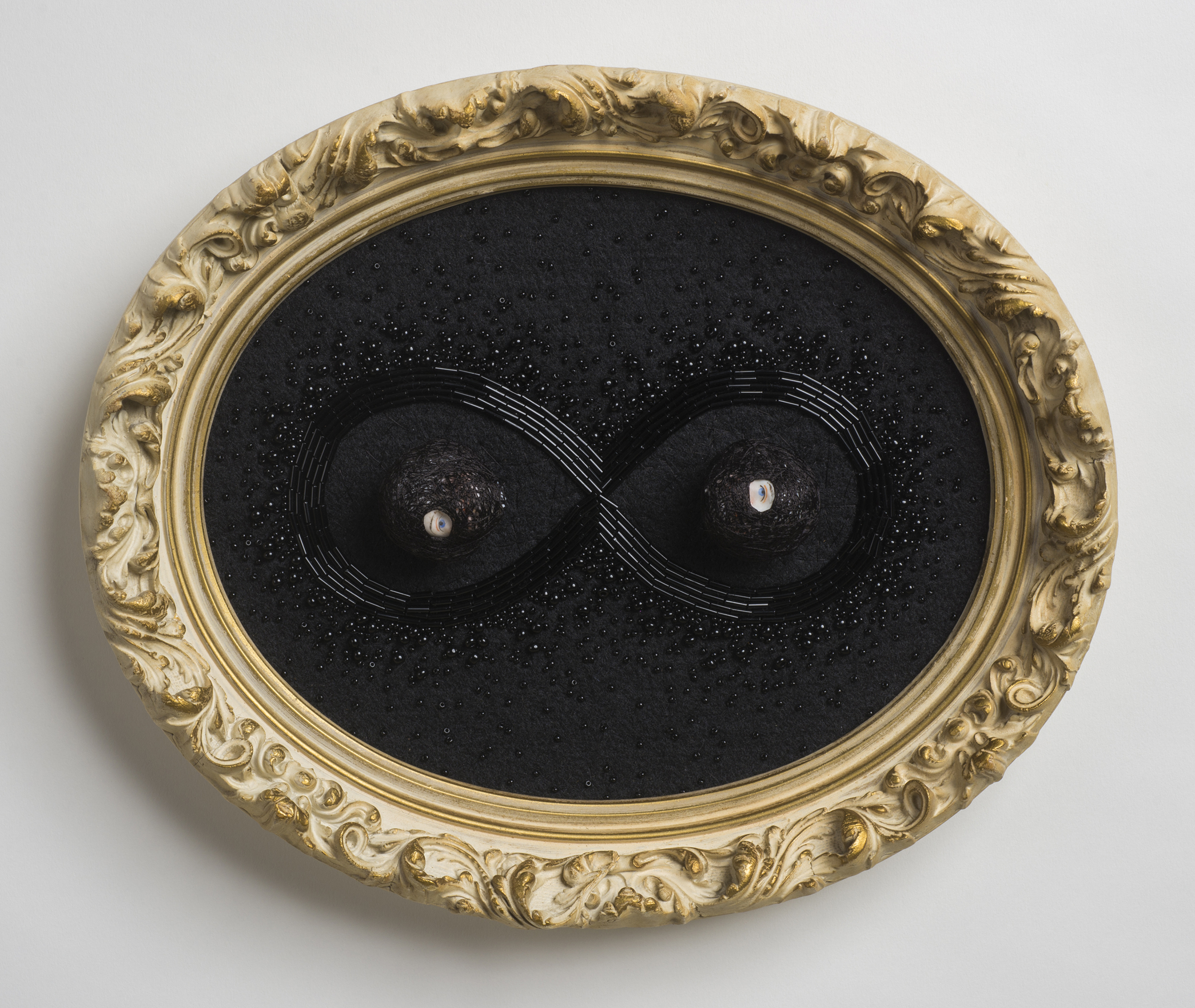
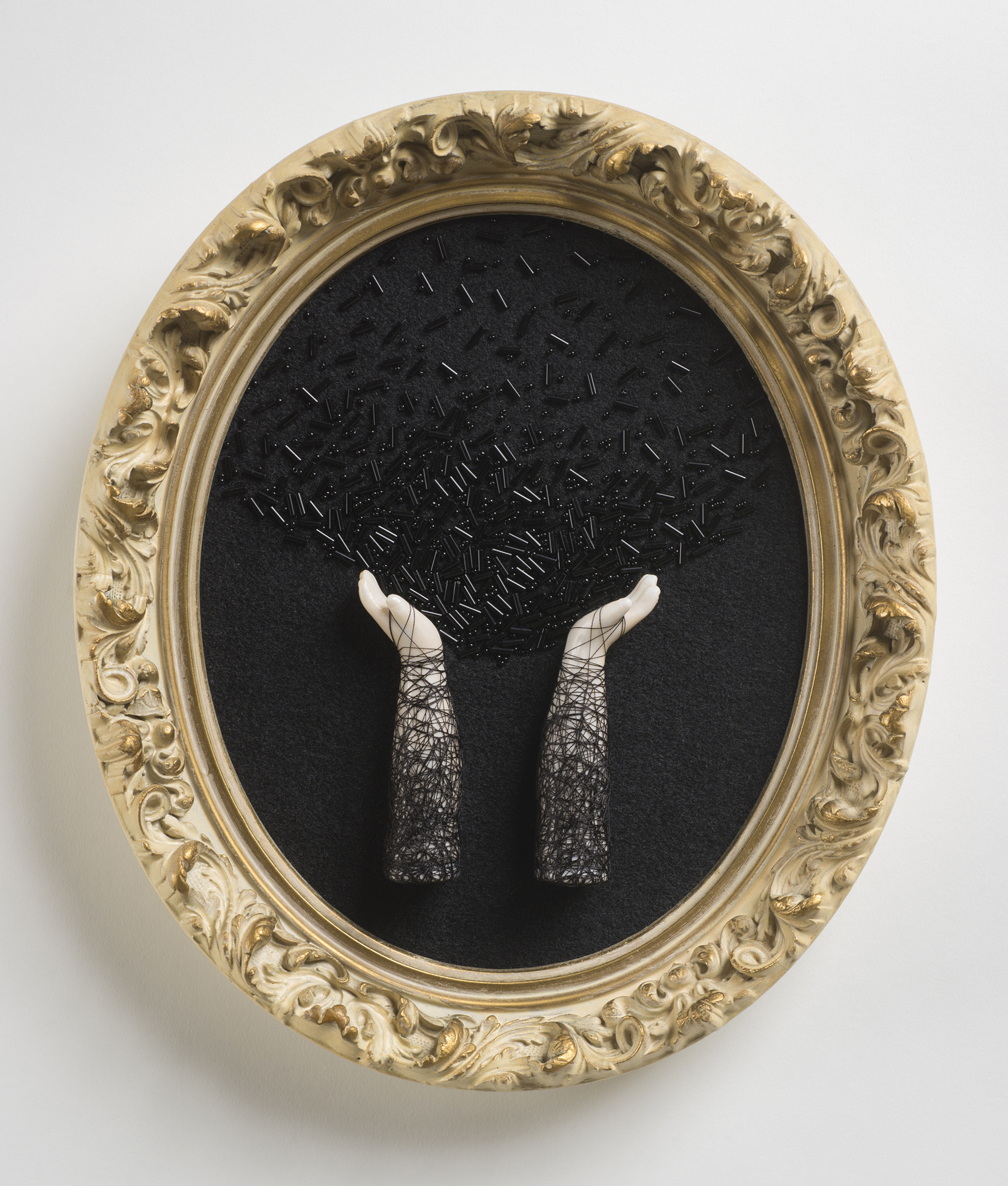
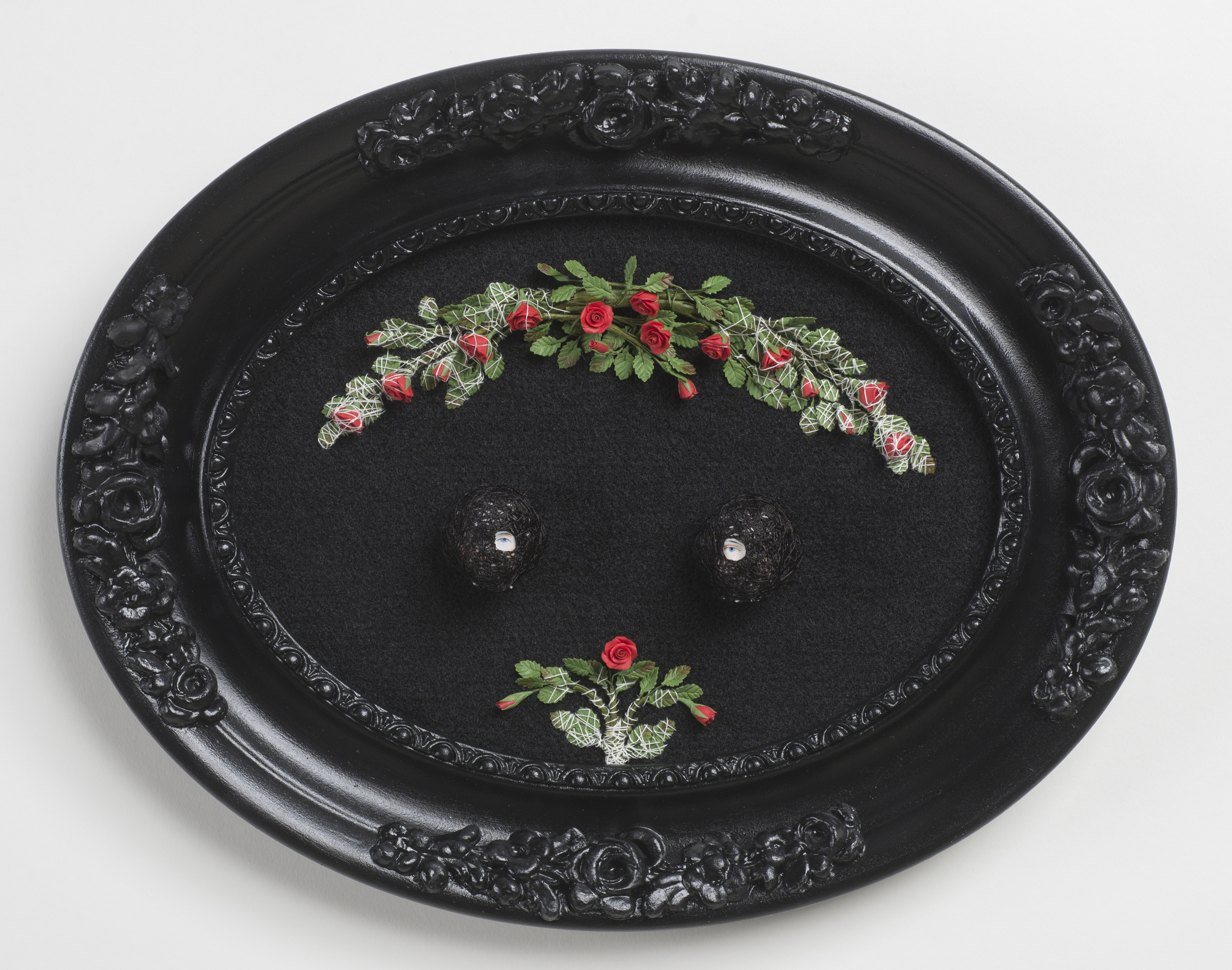


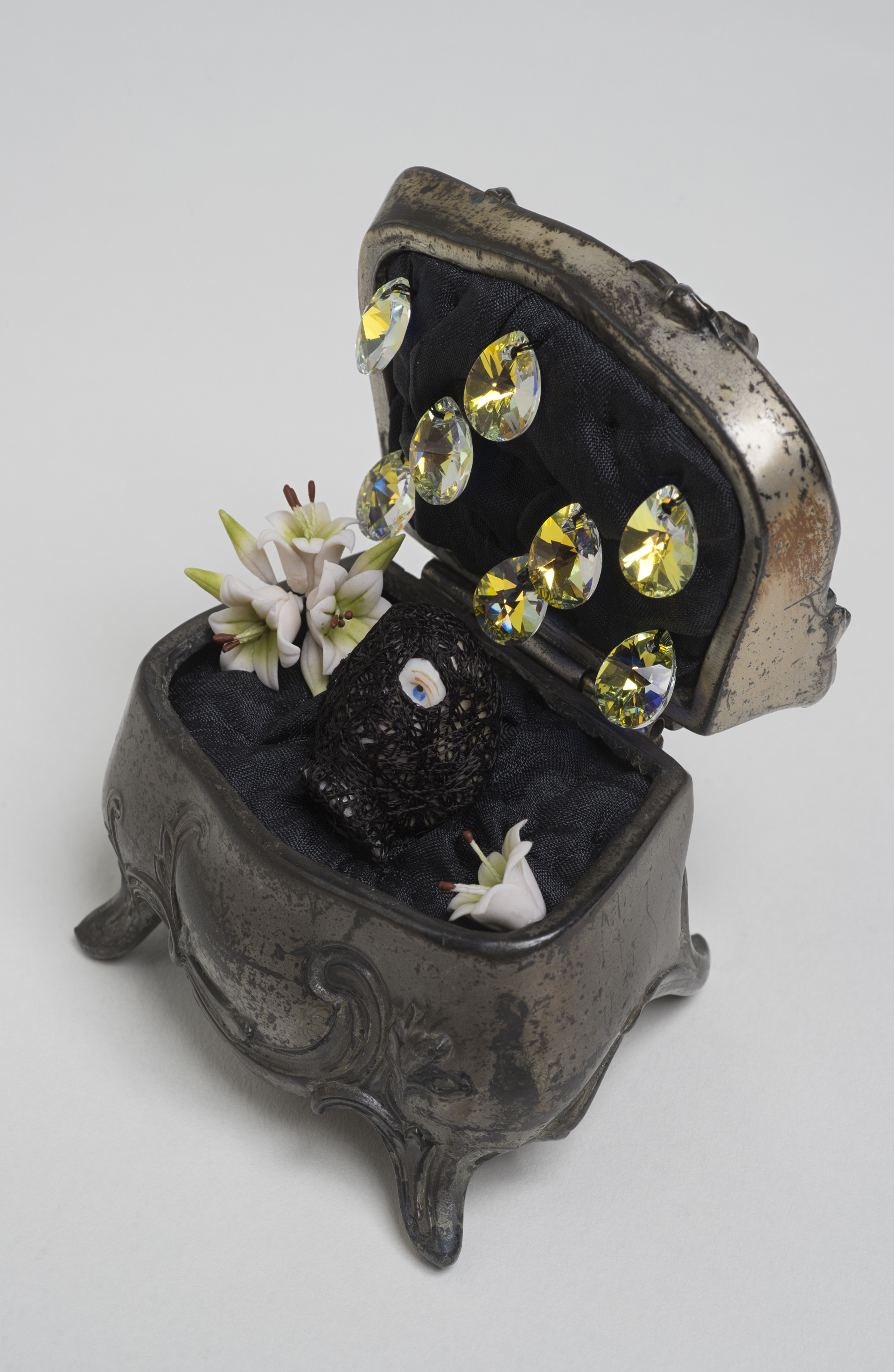

Born and raised in Bucks County, Rebecca Reeves continues to live and work in Upper Black Eddy, PA. Reeves work has been exhibited at the Kemerer Museum of Decorative Art, PA; Paradigm Gallery, PA; Arch Enemy Arts, PA; Rockford University Art Gallery/Clark Arts Center, IL, Ukrainian Institute of Modern Art, IL; Fuller Craft Museum, MA; Grounds For Sculpture, NJ; Trestle Gallery, NY and various other venues. Reeves received her MFA from The School of the Art Institute of Chicago and her BFA from Tyler School of Art/Temple University, both, with a focus in Fiber. She also studied at Glasgow School of Art, Scotland while earning her BFA from Tyler.
Web: rebeccareeves.com
Shop: rebeccareeves.bigcartel.com
IG: timberchouse
FB: Rebecca Reeves Artist
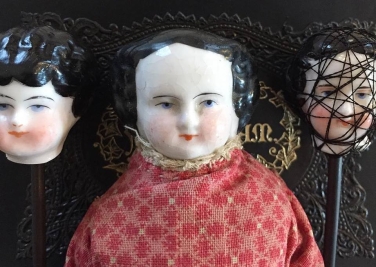
Rebecca will be speaking about her attempt to control the decay of family through Victorian inspired artwork on the 24th of March, 2018 at 6pm.
Click below to learn more about this event and book your tickets:
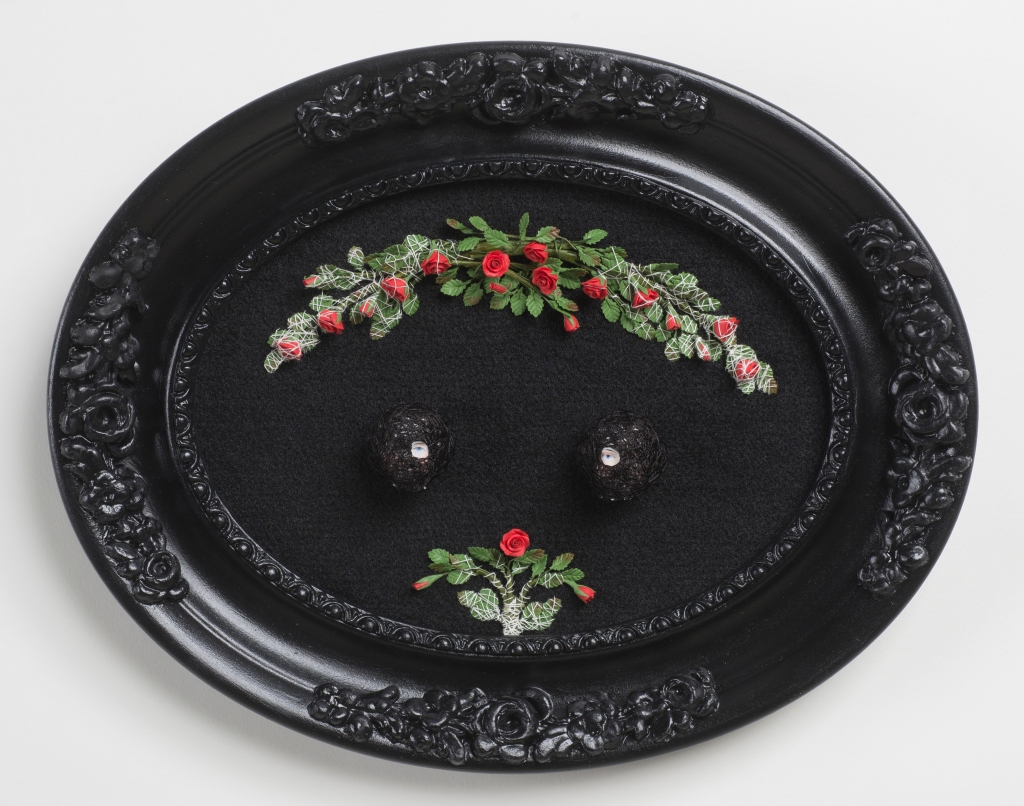

Leave a comment